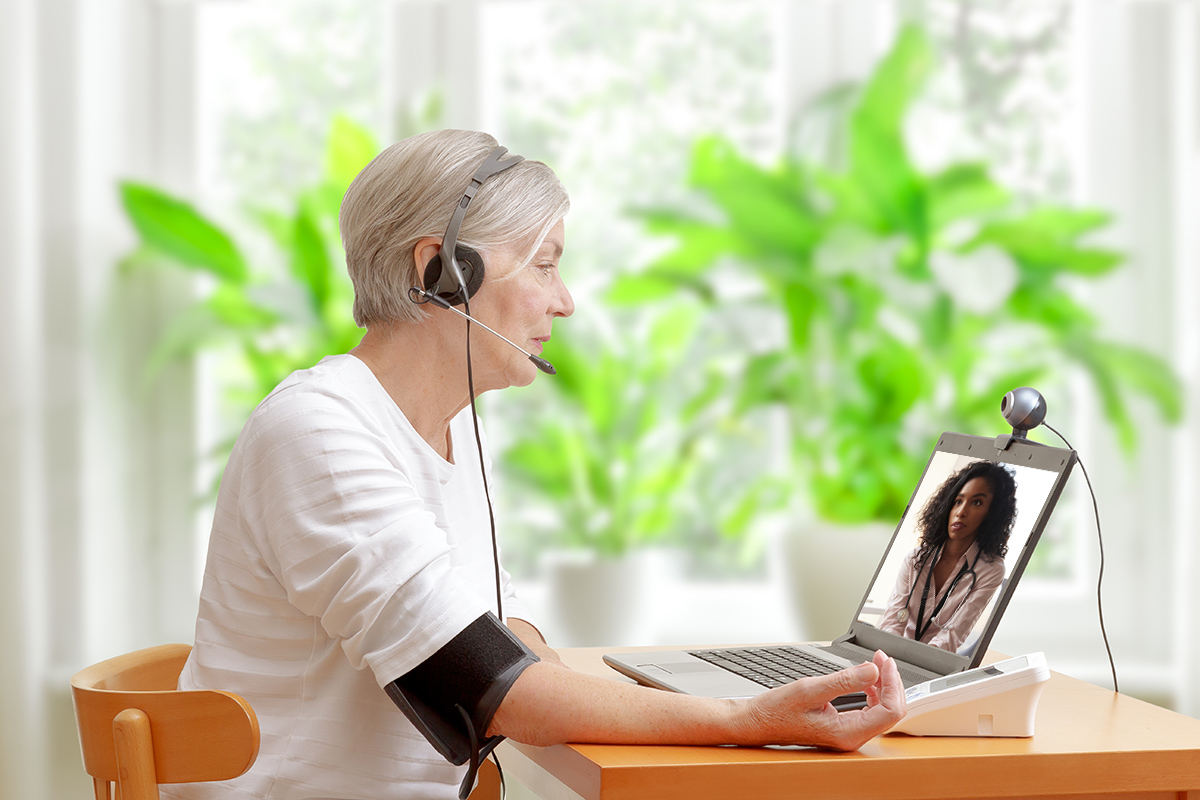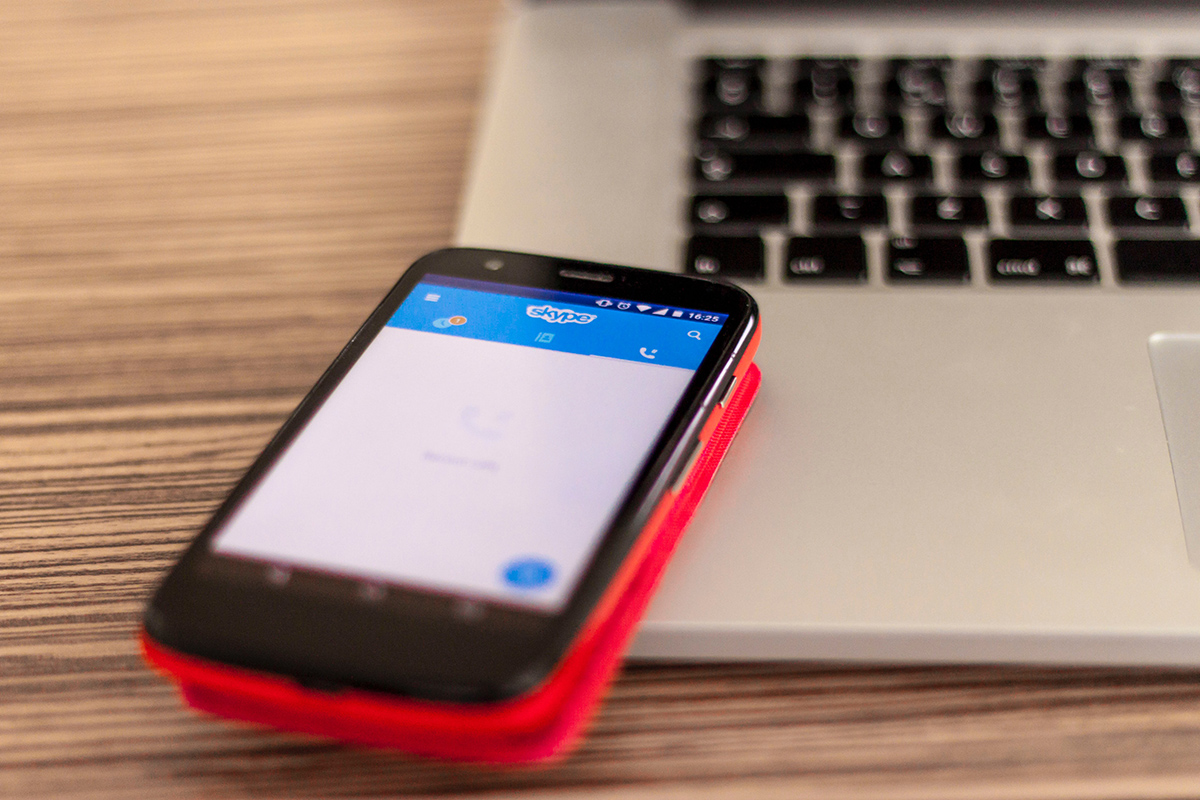Telemedicine and CV Training During the COVID-19 Pandemic

The COVID-19 pandemic is an extraordinary and unprecedented international health crisis which has brought about drastic changes in the landscape of health care, including the implementation of telemedicine.
How are cardiology trainees utilizing telemedicine to continue to care for patients and learn during this rapidly evolving time?
While trying to battle the increasing volume of COVID-19 patients, health care systems are canceling routine outpatient visits and procedures to limit patient exposure.
In an effort to keep both patients and health care workers safe while providing necessary care, many health care systems have adopted telemedicine to replace routine outpatient visits.
As of March 6, the Centers for Medicare and Medicaid Services (CMS) will reimburse for office and hospital telehealth visits. Telephone visits are billed at 0.7 RVU with an important factor being time spent by the attending on the phone, while video visits will be reimbursed at a value equal to in-person visits. The most current information from CMS is available here.
Additionally, several states – such as Illinois and Massachusetts – mandated commercial insurance to follow suit during the current state of emergency.

Simultaneously, many trainees including residents and fellows have been removed from elective rotations to decrease their risk of exposure, keeping trainees only on inpatient rotations in the hospital.
Many inpatient consult teams have also transitioned to telemedicine video call for consults to decrease exposure to COVID-19. This has left many fellows with relatively limited clinical roles outside the hospital, and the role of fellows in telehealth is thus far uncertain.
Broadly, the term "telemedicine" encompasses synchronous and asynchronous virtual telephone and video visits in the outpatient and inpatient setting, as well as home monitoring tools.
Cardiology as a field has led the way over the years in the home monitoring arena, with the use of tools such as weight scales, blood pressure cuffs, remote monitoring of CIED, implantable loop recorders and most recently smartphone/device based arrhythmia monitoring.
Intuitively, one would think this experience with telemonitoring would place cardiologists at the forefront of the telehealth movement; however, the use of virtual visits to replace routine visits remains uncharted territory for the majority of providers.
There are currently several telemedicine platforms available to providers. Each platform has pros and cons, and many institutions have adopted multiple platforms to be able to tailor their use to provider and patient needs.

Some of the common HIPAA-compliant platforms available include: Updox, Doximity, My Chart, Zoom for Healthcare, Skype for business/Microsoft teams, VSee and Google G Suite Hangouts. Platforms such as Intouch, Amwell, and Vydo can be integrated into electronic health record systems.
For further information on rapid implementation of telehealth, click here.
The current state of affairs has resulted in ACGME accelerating its approval of resident/fellow involvement in telemedicine with the appropriate level of supervision.
Additional information regarding ACGME's response to the COVID-19 pandemic and telemedicine can be found here.
While the ACGME allows for indirect supervision in cases where the trainee is deemed competent, the attending is required to have direct patient contact for billing purposes.
At the Ohio State University and Nationwide Children's Hospital, the adult congenital heart disease fellows have been fortunate enough to be involved in telehealth in the outpatient setting from early during the COVID-19 pandemic.
We understand that there are many possible workflows and each should be tailored to the individual needs of the patient, care teams and institutions. We have personally found it to be a rewarding process to stay involved in patient care and wanted to share the following workflow based on our experience.

Prior to the telehealth visit, the fellow reviews the patient's chart, previous imaging and test results and determines a plan of care. How would a fellow approach this patient if he/she was seeing the patient alone? The fellow then discusses the plan and relevant imaging with the attending prior to contacting the patient.

A nurse or medical assistant calls the patient to ensure the patient has the necessary set-up for the visit, obtains consent, performs medication reconciliation, reviews allergies, obtains any vitals (weight, blood pressure, heart rate) taken by patient at home and confirms insurance details for appropriate billing.

Telephone visits can be a three-way conference call with both fellow and attending on the line with the patient.
We have used Doximity, which allows the fellow to call patients securely and then add the attending into the conference call. Of note, anyone that is added into the Doximity call would be able to see the caller's cell phone number.
For our pulmonary hypertension patients, we have also been able to add our pulmonary hypertension nurse to the conference call to allow the entire team to provide input and stay updated on the patient's care plan.
There are many ways of doing the joint call: one option is to do a three-way call with the attending on the line to listen and share input as the fellow takes the history and reviews the plan of care.
Alternatively, the fellow can call the patient, obtain history, address concerns and then call the attending with the patient on hold, providing a quick summary before patching the attending into the conference call.
A third option is that the fellow and attending can contact the patient separately; however, this would involve an additional call to the patient and the fellow would not be included in the conversation between the patient and attending.

For video visits, platforms that allow for multiple calls such as Zoom for Healthcare and Google Hangout can allow fellow participation through three-way video call. Some platforms (e.g. Updox) do not allow more than two people on the line (patient and provider).
In such cases, either: fellow and attending can meet in the attending's office/consultation room for a combined video call (with appropriate concessions to social distancing), or make consecutive calls.
In addition to the added value of being able to see the patient, video visits make patient education easier through the use of diagrams, heart models and screen-sharing capability.

Documentation is completed by the fellow and attested by the attending provider.
In the challenging times that we are facing with the COVID-19 pandemic, telemedicine has enabled us to adapt and continue providing necessary care to our patients while keeping patients and health care workers safe.
Robust fellow engagement in telemedicine will facilitate trainee education with regards to both patient care and incorporation of available technology into the practice of medicine.
Stay safe!

